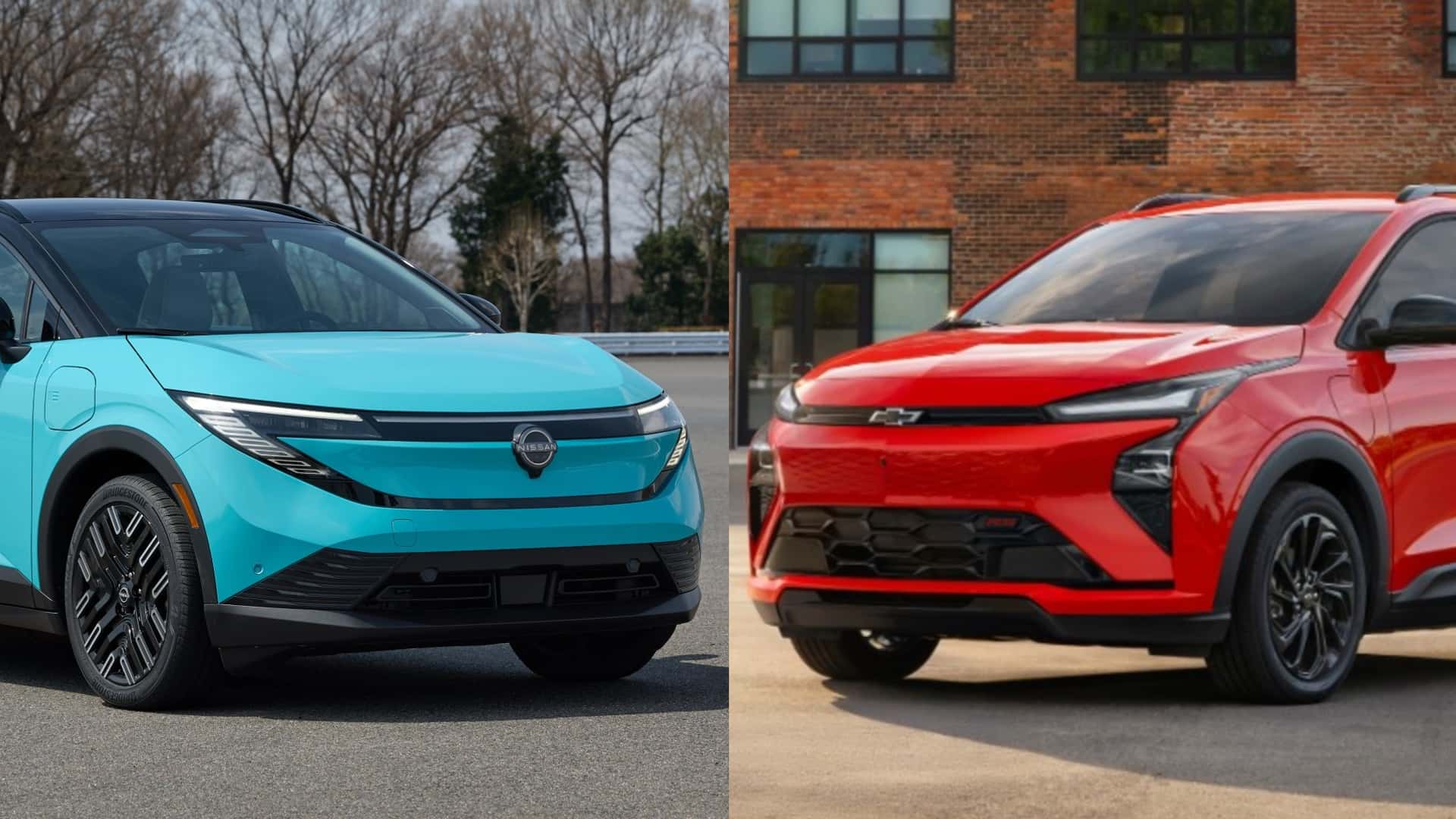The return of the Chevrolet Bolt marks an exciting development in the affordable electric vehicle (EV) market. After a two-year absence, General Motors has announced that the 2027 Chevrolet Bolt will be available with a starting price of $29,990. Meanwhile, the 2026 Nissan Leaf is also making headlines, with a rejuvenated design and competitive pricing, underscoring the intense rivalry between the two affordable EV options. Both vehicles will appeal to budget-conscious buyers, as they are priced around $30,000, significantly less than many other electric models.
Pricing and Availability
The Chevrolet Bolt will hit dealerships in early 2026, with an initial model priced at $29,990 including fees. A base LT version will be available a few months later for $28,995. The Nissan Leaf, in its 2026 iteration, is available now, with the Leaf S+ starting at $31,485. Notably, a more affordable version of the Leaf, the S, is expected to launch soon, which could further decrease the starting price, possibly undercutting the Bolt. Until then, the new Bolt holds the title of America’s cheapest new battery-powered car.
Design and Features
While both vehicles share similarities in pricing, their designs tell different stories. The 2026 Leaf has undergone an extensive redesign on a new platform, leading to enhanced driving range, power, and aesthetics. In contrast, the 2027 Bolt retains much of its predecessor’s appearance, with improvements primarily made under the hood, including a new battery and upgraded motor.
Both models feature the North American Charging Standard (NACS) charging port, allowing them to utilize Tesla Superchargers without the need for an adapter. However, the Leaf includes both NACS and a separate J1772 port for Level 1 and Level 2 charging. The Bolt showcases vehicle-to-home (V2H) capability, enabling it to power a home if equipped with the appropriate hardware. Conversely, the Leaf offers vehicle-to-load (V2L) functionality, allowing it to power tools and appliances via an AC port.
Both models boast a maximum DC fast-charging rate of 150 kilowatts. The Leaf’s 75-kilowatt-hour battery provides a remarkable range of up to 303 miles per charge, while the Bolt’s smaller 65 kWh battery estimates a range of 255 miles.
Charging times vary, with the Leaf achieving a 10-to-80% charge in approximately 35 minutes, while the Bolt claims a faster time of 26 minutes from a DC fast charger. The Bolt also comes equipped with a heat pump as standard, enhancing efficiency in various temperatures.
Both vehicles are front-wheel-drive and are designed for commuter use rather than high performance. The Bolt’s electric motor produces 210 horsepower and 169 lb-ft of torque, whereas the Leaf offers a slightly higher 214 horsepower and an impressive 261 lb-ft of torque.
Interior dimensions show that the Bolt provides more passenger room, while the Leaf excels in cargo capacity. The Bolt features an 11.3-inch infotainment screen but lacks Apple CarPlay and Android Auto. In contrast, the Leaf S+ includes two 12.3-inch displays and supports wireless Apple CarPlay and Android Auto, which may sway buyers who prioritize connectivity.
Safety features vary as well. The Leaf comes standard with Nissan’s Safety Shield 360 Suite, which includes Automatic Emergency Braking and ProPILOT Assist for enhanced driving safety. The Bolt includes Adaptive Cruise Control and several safety assist features, ensuring a secure driving experience.
In summary, both the Chevrolet Bolt and Nissan Leaf offer compelling options for budget-conscious consumers looking for affordable EVs. The Leaf provides better range and advanced infotainment features, while the Bolt offers a lower starting price and more passenger space. Potential buyers may find that personal preferences in design, features, and driving experience will ultimately guide their decision. As both vehicles prepare to hit the market, they represent a much-needed shift toward more accessible electric vehicles in America.
